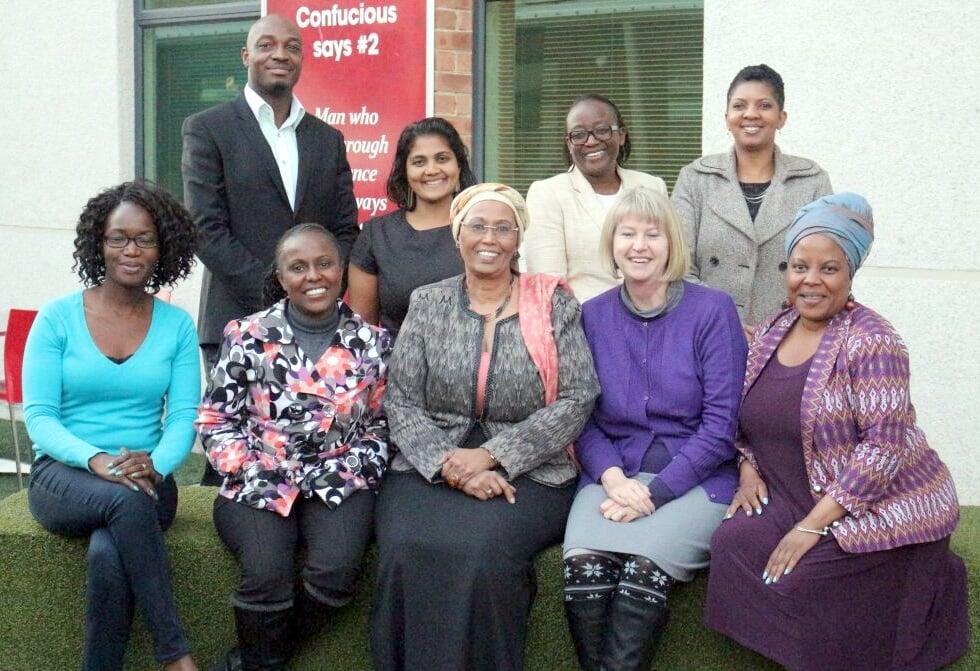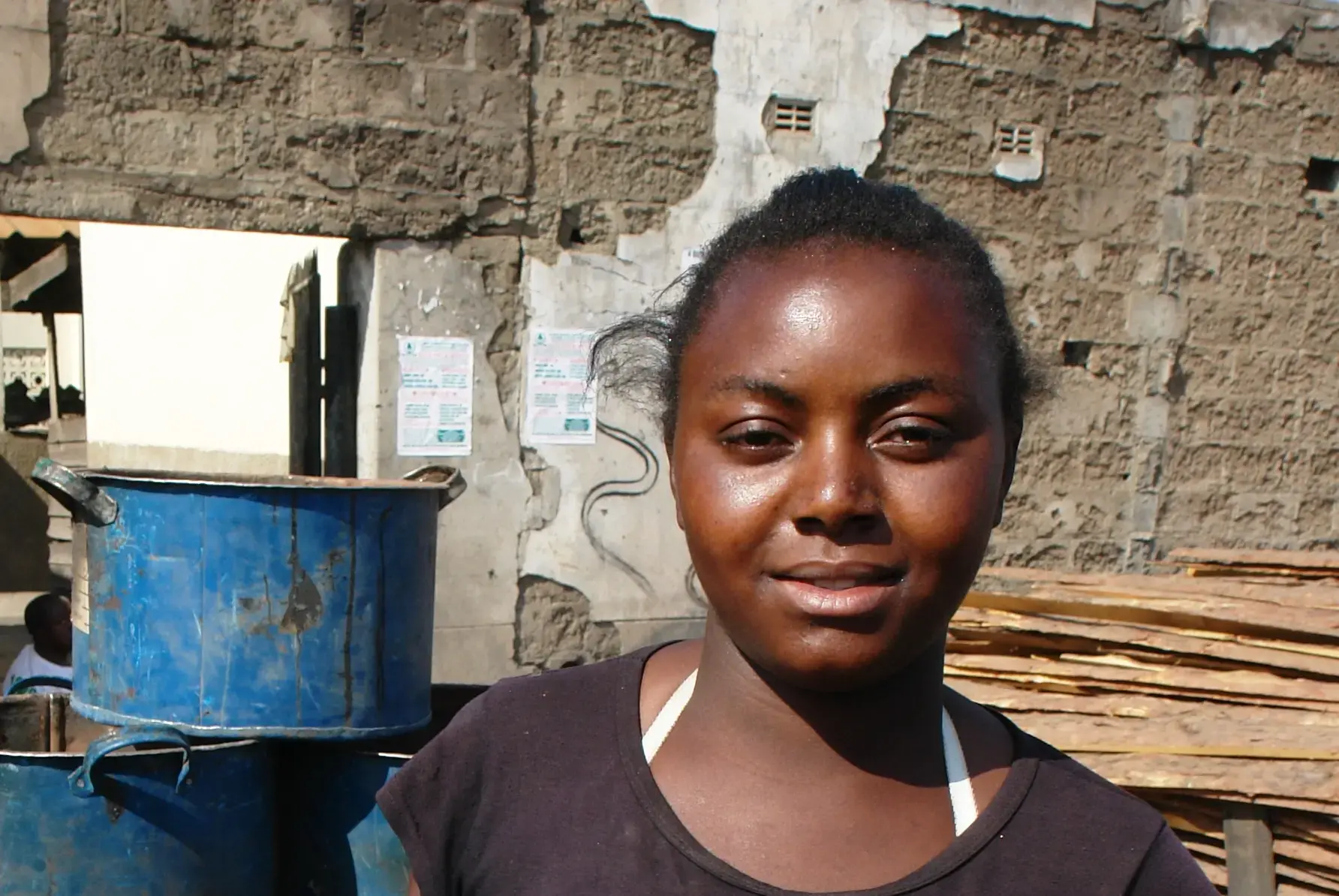JOHANNESBURG, South Africa – A group of experts in Sexual and Reproductive Health and Rights (SRHR), children’s rights, women’s rights and HIV & AIDS reviewed the draft SADC Model Law on Child Marriage in Johannesburg on 10-11 August. They represented key institutions working on policy and legal issues related to SRHR, including the United Nations Population Fund, UNFPA.
The meeting was the first in a series planned to enable experts to comment on the SADC Model Law on Child Marriage, the development of which is being spearheaded by the SADC Parliamentary Forum. UNFPA is supporting the SADC PF in the development of the law.
During the meeting, the experts pored over the draft model law as well as a related position paper line by line and made extensive comments and recommendations, which will be incorporated. The aim is to ensure that once the law has been fully developed, it can be used to prohibit, prevent and respond to all forms of child marriage, which currently affects millions of girls in Southern Africa and beyond.
Professor Ann Skelton, Director of the Centre for Child Law at the University of Pretoria, said the meeting was necessary to remove grey areas, ensure that the proposed model law is consistent with regional and international instruments related to child marriage, and make it serve the interests of the children it seeks to protect.
“We grappled with some tough questions, the central one being where to find the fine balancing line between protecting girls, which seems to require an inflexible approach, and recognising their growing autonomy and right to develop relationships, which requires a flexible approach,” she said. This tension was not found only in relation to child marriage, she stressed.
“I am pleased that the expert group was clear about not criminalizing children,” Ms. Skelton said. “It also appreciated the care taken to distinguish between pre-existing marriages, which it is proposed will be voidable at the instance of a party, and those that may occur after a prohibition of marriage law is passed, which will be automatically void.”
Ronaldah Lerato Karabo Ozah, an attorney at the Centre for Child Law at the University of Pretoria, said that although the law on its own would not eradicate child marriage, “it will remind us all of our obligations to protect girl children and this is the responsibility of all communities, lawyers and religious and traditional leaders.”
Mrs. Ozah said the meeting enabled participants to make an input not only on the draft law, but also on the strategic way forward to ensure that the relevant individuals and groups are lobbied to garner their support.
“Even if this takes a bit longer, it is crucial that we consult as widely as possible and get as much support for the model law,” she said.
The experts’ discussion is a pre-cursor to the debates that will be held in parliaments across the region. Civil society organisations, judges, academics, legal drafters and law commissions are to be consulted before the model law can be finalized.
Said Nyasha Chingore, a human rights lawyer for Southern Africa Litigation Centre (SALC): “It was interesting to see how experts from varying backgrounds tried to negotiate the tensions that will inevitably arise in attempting to legislate in this area. While one would expect that considerations of ‘custom and religion’ and the impact of prohibition with sanctions would present challenges that are not easy to navigate, for me the stickiest point was figuring out how the model law could recognize the evolving capacities of children without compromising the very essence of what the it seeks to do – eradicate child marriage in any and all its forms.”
She cited the example of the discussion around whether the model law should leave room for any ‘loopholes’ at all, including close in age considerations. “The experts team is a group of like-minded people who agree on the principals,” she said. “However, the debate reminded me that while we agree on the problem and the end goal, it is important to assess the nuances and to remember that there are no easy answers.”
Dr. Aquinaldo Celio Mondlate, a researcher specialising in children’s rights, said the meeting was a platform to reflect on the problems affecting children involved in child marriage and its negative consequences.
“It was interesting to learn about the sensitivities around the issues relating to child marriage, mainly the challenges in ensuring that the situation of children who are currently involved in child marriage is not worsened when SADC Member States incorporate provisions of the model law in their national laws. Concerns raised also included the fact that there is a need to safeguard the rights of children who are involved or affected by child marriage, including the children born out of child marriage,” he said.
Dr. Asha Mohamud, UNFPA East and Southern Africa Adolescent Sexual and Reproductive Health Policy Advisor, stressed the importance for all parties to maintain the momentum to ensure that the draft model law is shared widely and finalized soon.
“The eradication of child marriage is critical to achieving the demographic dividend and socio-economic development. When large numbers of young people marry, they have large numbers of children, which indicates high fertility, leading to a high dependency ratio and poverty,” she said.
According to a road map proposed by SADC PF Secretary-General Dr. Esau Chiviya, the next steps will include presentation of the polished draft model law to SADC PF Committees for further consideration before it is presented to the SADC PF Plenary Assembly for approval and adoption. The final step will entail the SADC PF head presenting the model law to the Executive Secretary of the SADC before being adopted by the 39th Plenary Assembly Session of the SADC PF for transformation into an SADC Protocol on Child Marriage.
***
UNFPA, the United Nations Population Fund, is the lead UN agency for delivering a world where every pregnancy is wanted, every birth is safe, and every young person's potential is fulfilled. UNFPA East and Southern Africa (ESA) works in 23 countries in the region as a catalyst for change. Visit esaro.unfpa.org, ‘like’ UNFPA ESARO on Facebook and follow @UNFPA_ESARO on twitter.
For more information or any media inquiries, please contact:
Adebayo Fayoyin: Tel. +27 11 6035308; +27 79 5170320; fayoyin@unfpa.org
Lindsay Barnes: Tel. +27 11 6035329; barnes@unfpa.org



